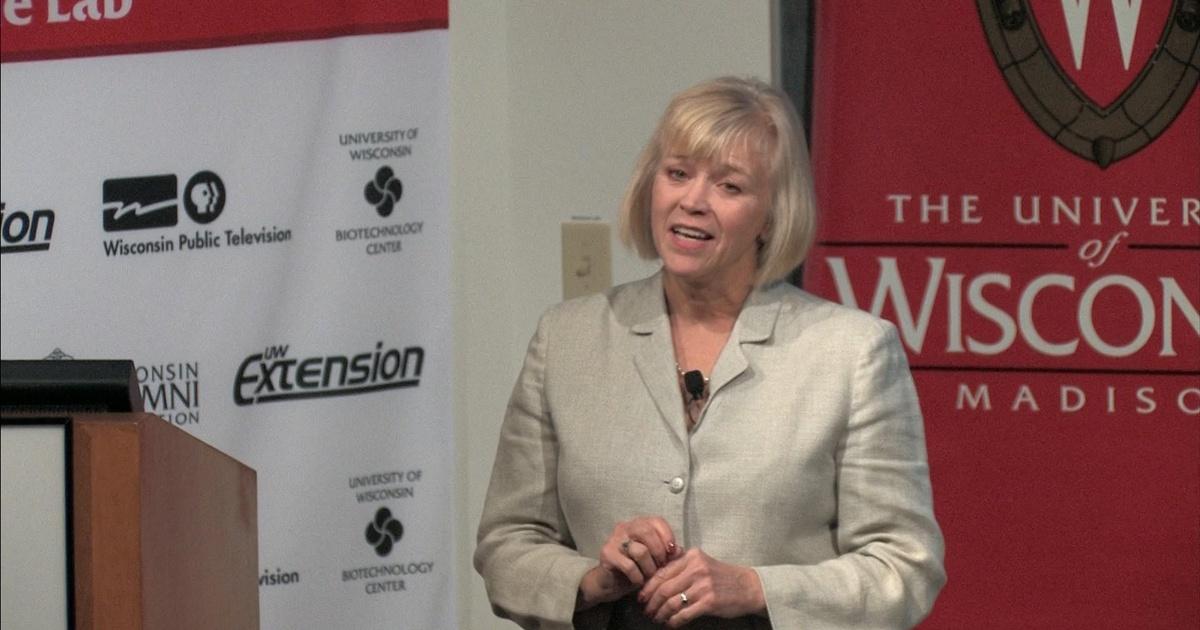
- Select a language for the TTS:
- UK English Female
- UK English Male
- US English Female
- US English Male
- Australian Female
- Australian Male
- Language selected: (auto detect) - EN
Play all audios:
Conventional wisdom in Europe has it that the assassination of Qasem Soleimani by a US drone strike ordered by President Trump has provoked a crisis — one which will, in the short term,
unleash Iranian aggression against America and its allies, and in the long run be destructive of Western interests in the Middle East. This consensus is based on a false premise: namely,
that the region wasn’t already in a state of turmoil that amounts to a permanent crisis. Yet the death of Soleimani should remind us that, as the architect of Iranian policy, he was directly
involved in wars against the West and its regional allies since at least 2003; in destabilising Afghanistan, Iraq, Syria and Yemen; in terror, sabotage, nuclear proliferation and genocide.
Crisis? Which one? The United States has played its part in all this, but it is not to blame for the systematic sponsorship of murder and mayhem for which Iran bears primary responsibility.
It was Soleimani, for example, who persuaded the Russians to save the Assad regime, which is estimated to have killed at least half a million Syrians and driven out millions more. Just
before Soleimani was killed, he had visited Beirut to meet Hassan Nasrallah, the leader of the Lebanese terrorist organisation Hezbollah, who warned him that he could be assassinated. “He
laughed and told me, I hope so, pray for me,” Nasrallah later said. Soleimani then travelled via Damascus to Baghdad, where he was killed together with the leader of the Shiite militias
there, Abu Mahdi al-Muhandis. Having damaged the reception area of the US embassy — a deliberately provocative act — the two were planning new attacks, according to Western intelligence
reports. Trump could not ignore this threat. The case against the President is threefold. First, that he has no plan and acted either on impulse or for reasons of selfish domestic politics.
Second, that his action could lead to full-scale war, or at least to the expulsion of US forces from Iraq. Third, that Iran will now resume its nuclear programme. Let’s consider these three
charges in turn. Has Trump no plan? Merely because it isn’t immediately obvious does not mean there is none. The phrase “we are playing checkers [draughts], Iran is playing chess” has done
the rounds inside the beltway. But decapitating the Iranian military is not a bad move in either game. The US assassination of Admiral Yamamoto in 1943 undoubtedly accelerated victory
against Japan. If Stauffenberg had killed Hitler in July 1944, it could have ended the war in Europe many months sooner, saving millions of lives. We can speculate about the President’s
motives, but what we know is that Iran was emboldened by the Obama administration’s precipitate withdrawal from Iraq a decade ago and its failure to punish Assad for using WMD. Trump has not
always been consistent but his readiness to deploy lethal force is not in doubt. He has justified its use against Iran as a deterrent, not as a step towards regime change. There is no
reason to doubt that he means what he says, having last year fired John Bolton as National Security Adviser — the administration’s leading proponent of regime change in Iran. The second
charge against Trump is that his decision to kill Soleimani means a step-change in policy that will only hasten the withdrawal of the US from the region. Will Iran risk open warfare with
America? It is certainly possible, but unlikely — if only because there could be only one winner. Iran has risked war before, by its proxy attacks on Saudi oil refineries and foreign
tankers in the Gulf. Now, it will be more wary of such dirty tricks. It is hard to see how Iran can do more damage to its neighbours than it already has, without provoking retaliation from
the US. Trump has warned that such retaliation may be “disproportionate” and that “cultural” sites will not be spared. This is code: he means that the Supreme Leader, Ayatollah Khamenei,
should not imagine himself immune to attack, merely because he spends his time in Tehran or other population centres. Trump would not hesitate to take him out, too. The one credible threat
Iran has already announced is the resumption of its nuclear programme. This merely confirms what was increasingly obvious: that the “deal” with the West was always intended to buy time for
Iran to acquire the immunity from attack that pertains to a nuclear power. Europeans may not like it, but the deal is now dead. On the other hand, Iran must now reckon not only with US air
strikes, but also Israeli ones. The Netanyahu government, like its predecessors, has consistently acted to prevent Israel’s neighbours from developing nuclear weapons. We have Israel to
thank for the fact that Assad could only gas his own people, not irradiate them too. If Iran is judged to be close to accumulating enough fissile material to build a device, then Israel will
act. None of this is to play down the gravity of the situation. Ever since 1979, Tehran has sought to export its revolution across the Middle East. The regime established by Ayatollah
Khomeini has learned from its mistakes. It has calculated the risks, crushed its internal and external opponents, and, against the odds, it has survived for 40 years. Iran has successfully
mobilised anti-American forces, not only in the region, but across the Islamic world and even in Europe. Right now, it is mounting a propaganda offensive against Donald Trump. Hence the
conventional wisdom that the President is to blame for this crisis. But the rogue state here is not the United States of America. It is the Islamic Republic of Iran.








